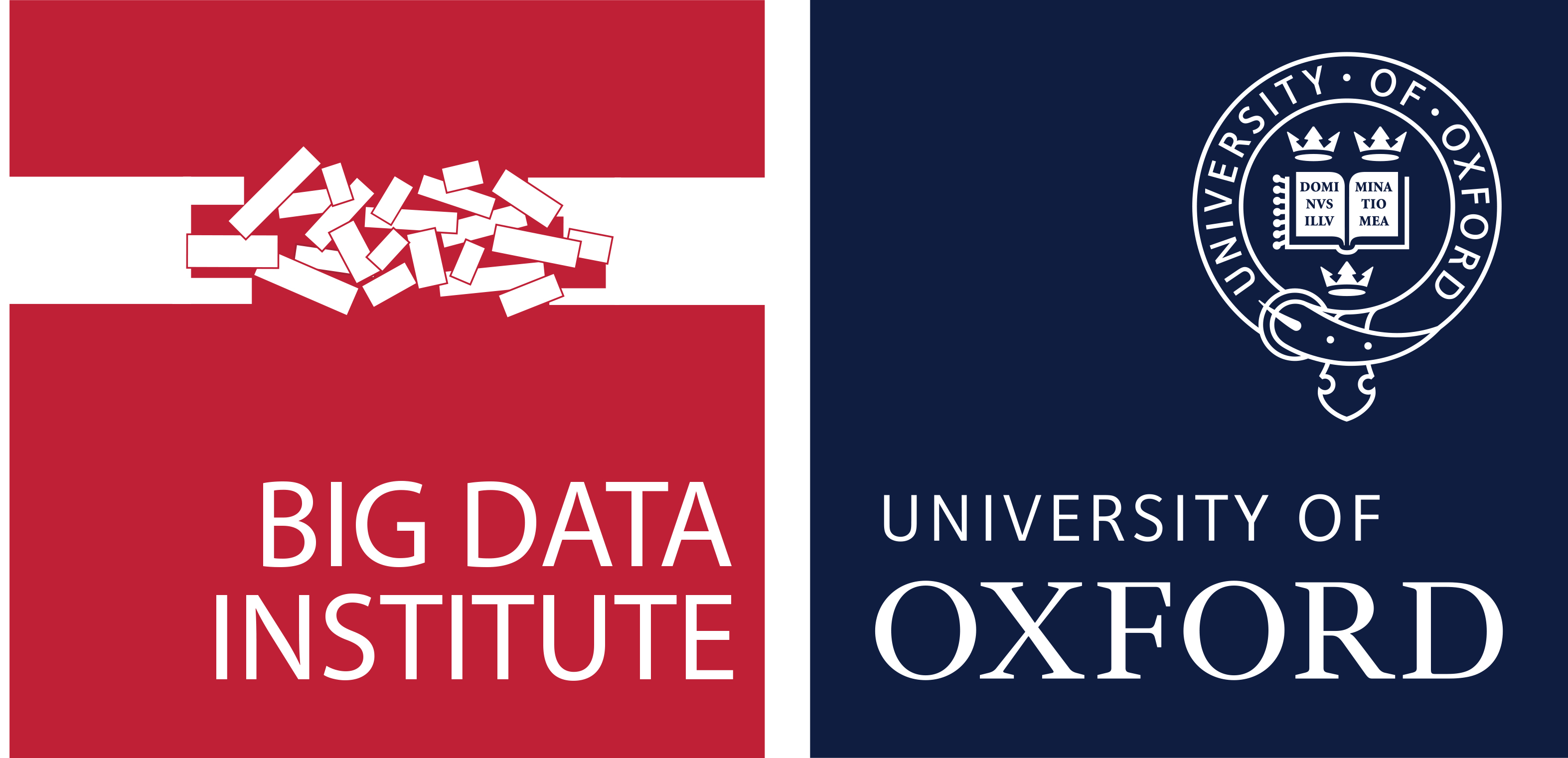Mutations That Alter the Carboxy-Terminal-Propeptide Cleavage Site of the Chains of Type I Procollagen Are Associated With a Unique Osteogenesis Imperfecta Phenotype.
Cundy T., Dray M., Delahunt J., Hald JD., Langdahl B., Li C., Szybowska M., Mohammed S., Duncan EL., McInerney-Leo AM., Wheeler PG., Roschger P., Klaushofer K., Rai J., Weis M., Eyre D., Schwarze U., Byers PH.
Osteogenesis imperfecta (OI) is a genetic bone disorder characterized by fractures, low bone mass, and skeletal fragility. It most commonly arises from dominantly inherited mutations in the genes COL1A1 and COL1A2 that encode the chains of type I collagen. A number of recent reports have suggested that mutations affecting the carboxyl-terminal propeptide cleavage site in the products of either COL1A1 or COL1A2 give rise to a form of OI characterized by unusually dense bones. We have assembled clinical, biochemical, and molecular data from 29 individuals from 8 families with 7 different mutations affecting the C-propeptide cleavage site. The phenotype was generally mild: The median height was ∼33th centile. Eighty percent of subjects had their first fracture by the age of 10 years, and one-third had a femoral or tibial fracture by the age of 25 years. Fractures continued into adulthood, though rates varied considerably. Healing was normal and rarely resulted in long bone deformity. One-third of subjects older than 15 years had scoliosis. The teeth and hearing were normal in most, and blue sclerae were not observed. Other features noted included fibro-osseous dysplasia of the mandible and Achilles tendon calcification. The mean spinal bone mineral density Z-score was +2.9 (SD 2.1) compared with -2.2 (0.7) in subjects with COL1A1 haploinsufficiency mutations. Bone mineral density distribution, assessed by quantitative backscattered electron imaging in bone showed higher levels of mineralization than found in any other disorder. Bone histology showed high trabecular volume and increased cortical thickness, with hyperosteoidosis and delayed mineralization. In vitro studies with cultured skin fibroblasts suggested that these mutations interfere with processing of the chain in which the sequence alteration occurs, but the C-propeptide is eventually cleaved (and detectable in blood), suggesting there are alternative sites of cleavage. The precise mechanism of the bony pathology is not yet clear. © 2018 American Society for Bone and Mineral Research.

